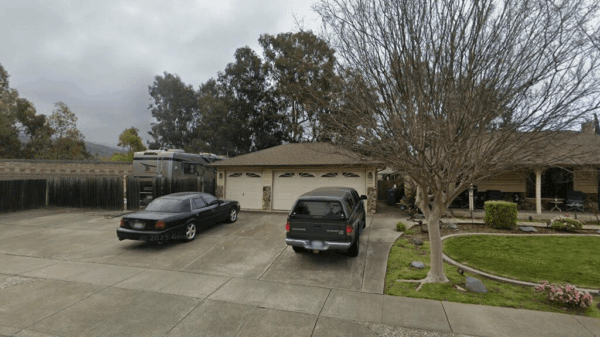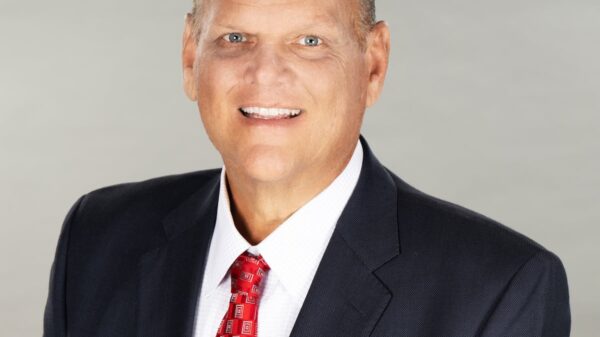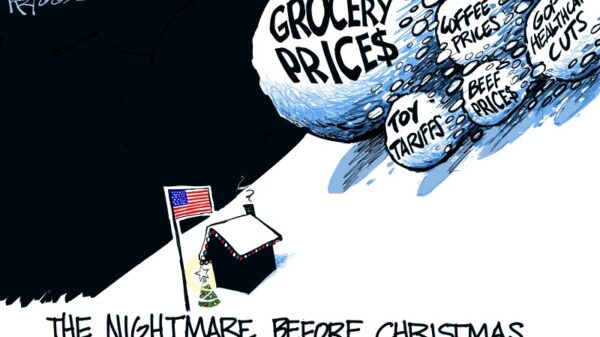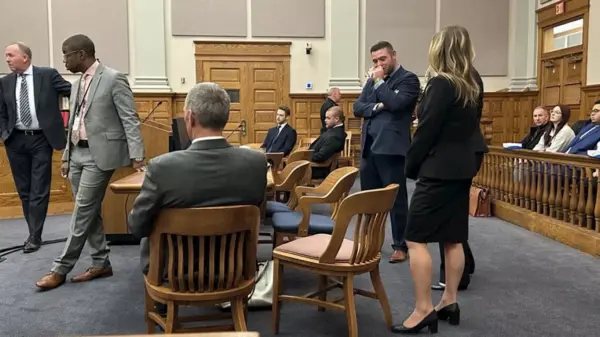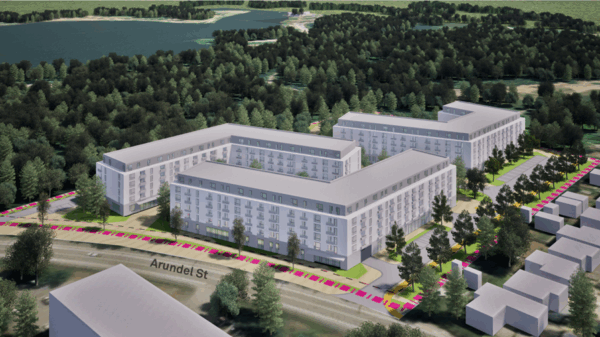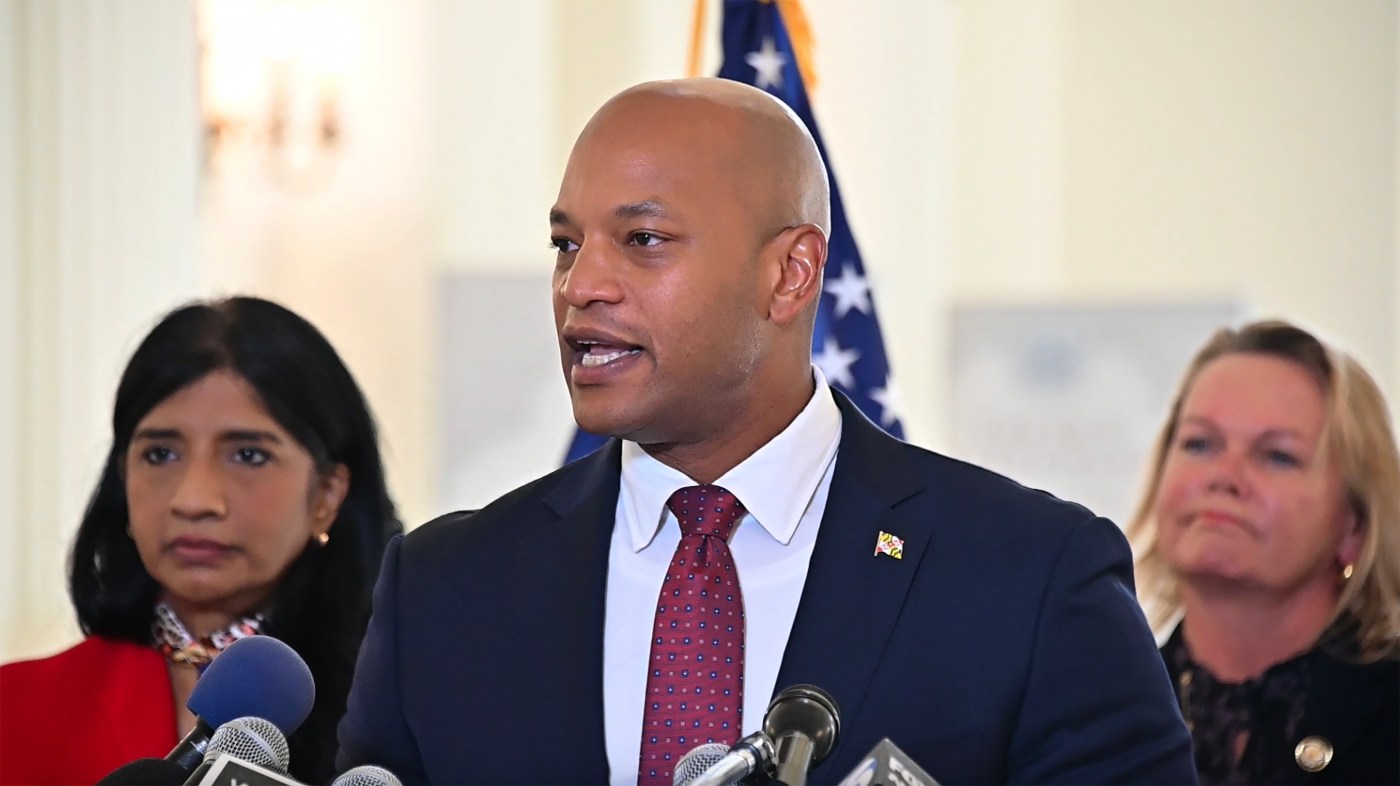Governor Wes Moore is experiencing increasing scrutiny as he navigates his first term in office. Despite his strong communication skills and ability to engage audiences, recent data suggests a disconnect between his rhetoric and the realities faced by Maryland residents. A recent poll indicates that while many Marylanders approve of Moore’s leadership, they struggle to identify tangible achievements, showing only lukewarm support.
Since taking office in January 2023, Moore has positioned himself as a transformative leader on critical issues such as job growth, public safety, and housing affordability. Nevertheless, some of his claims, such as Maryland’s unemployment rate improving from one of the highest to one of the lowest in the nation, have drawn skepticism. When he was inaugurated, Maryland’s unemployment rate stood at 2.3%, ranking fifth-lowest in the United States. As of now, that figure has risen to 3.6%, placing the state at the fifteenth position.
The context of Maryland’s economic landscape reveals challenges distinct from those faced by its neighbor, Virginia. Both states rely heavily on federal government employment, yet Virginia has seen its median annual household income increase by 7.6% since 2022, while Maryland’s has decreased by 4.9%. Furthermore, average hourly earnings for private-sector employees have increased by 8.5% in Virginia, compared to just 4.3% in Maryland.
Economic Indicators and Public Safety Comparisons
Despite Moore’s claims of significant improvements in public safety, the data shows a different picture. According to the non-partisan CSG Justice Center, Maryland’s per capita rate of violent incidents decreased by only 0.7% from 2022 to 2024, in stark contrast to the national decline of 7.5% and Virginia’s reduction of 8.4%. The state has made some progress in reducing its homicide rate, which is down by 30%, yet this figure mirrors similar reductions nationally and in Virginia.
Maryland’s cost of living further complicates the situation. According to a survey by the World Population Review, the state ranks as having the seventh-highest overall cost of living in the United States, which is 11% above the national average. Housing costs are particularly concerning, standing 26% above average. Consequently, Maryland’s homeownership rate has plummeted from 71.8% in 2022 to 68.5% in 2024, while Virginia’s rate has increased.
As for the growth of government, Maryland’s state workforce has expanded by 16.7% since Moore’s tenure began. This growth comes alongside a 6.7% increase in state tax collections from 2022 to 2024. Such trends raise concerns about sustainability, leading to substantial tax increases worth $1.6 billion and some employee buyouts to address a challenging state budget.
Challenges Ahead for Governor Moore
While it is acknowledged that navigating state governance is complex, especially in a legislature dominated by his party, Moore faces urgent calls for change. Maryland ranks 35th in the Chief Executive’s survey of state business climates, while Virginia holds the ninth position. The Cato Institute ranks Maryland 44th in economic freedom, compared to Virginia’s 18th place. Additionally, the Tax Foundation places Maryland’s tax competitiveness at 46th, falling behind Virginia’s 30th ranking.
As Governor Moore continues to address these pressing issues, his ability to align his policy decisions with the expectations of Maryland residents will be critical. His rhetorical skills, while impressive, must translate into effective governance that brings tangible benefits to the state’s economy and its citizens. The upcoming months will be pivotal in determining whether Moore can steer Maryland toward a more prosperous future.



